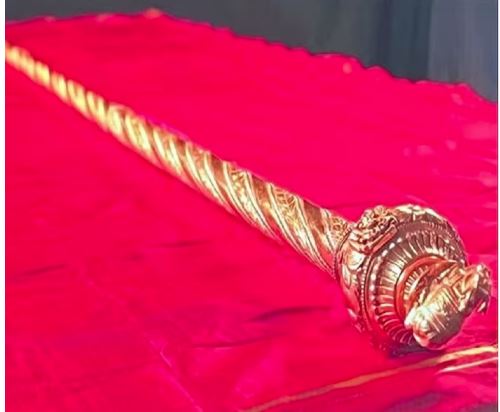Sengol symbol of the transfer of power
Sengol is a sceptre that was used by the Chola dynasty in Tamil Nadu, India. It is made of gold and has a lotus flower on top. The Sengol was used as a symbol of power and authority, and it was passed down from one king to the next.
In 1947, when India gained independence from the British, was used as a symbol of the transfer of power. The first Prime Minister of India, Jawaharlal Nehru, was presented with the Sengol by the last Viceroy of India, Lord Mountbatten. The Sengol is now a symbol of India’s independence and its rich history.
It is a significant artifact in Indian history. It is a reminder of the country’s long and proud history, and it is a symbol of its independence and its future.
Here are some more details:
- It is made of gold and weighs about 1.5 kilograms.
- It is about 90 centimeters long and has a lotus flower on top.
- The Sengol was used by the Chola dynasty from the 9th to the 13th centuries.
- It was used as a symbol of power and authority, and it was passed down from one king to the next.
- In 1947, the Sengol was used as a symbol of the transfer of power from the British to India.
- The Sengol is now a symbol of India’s independence and its rich history.
The Sengol is a valuable and important artifact. It is a reminder of India’s long and proud history, and it is a symbol of its independence and its future.
